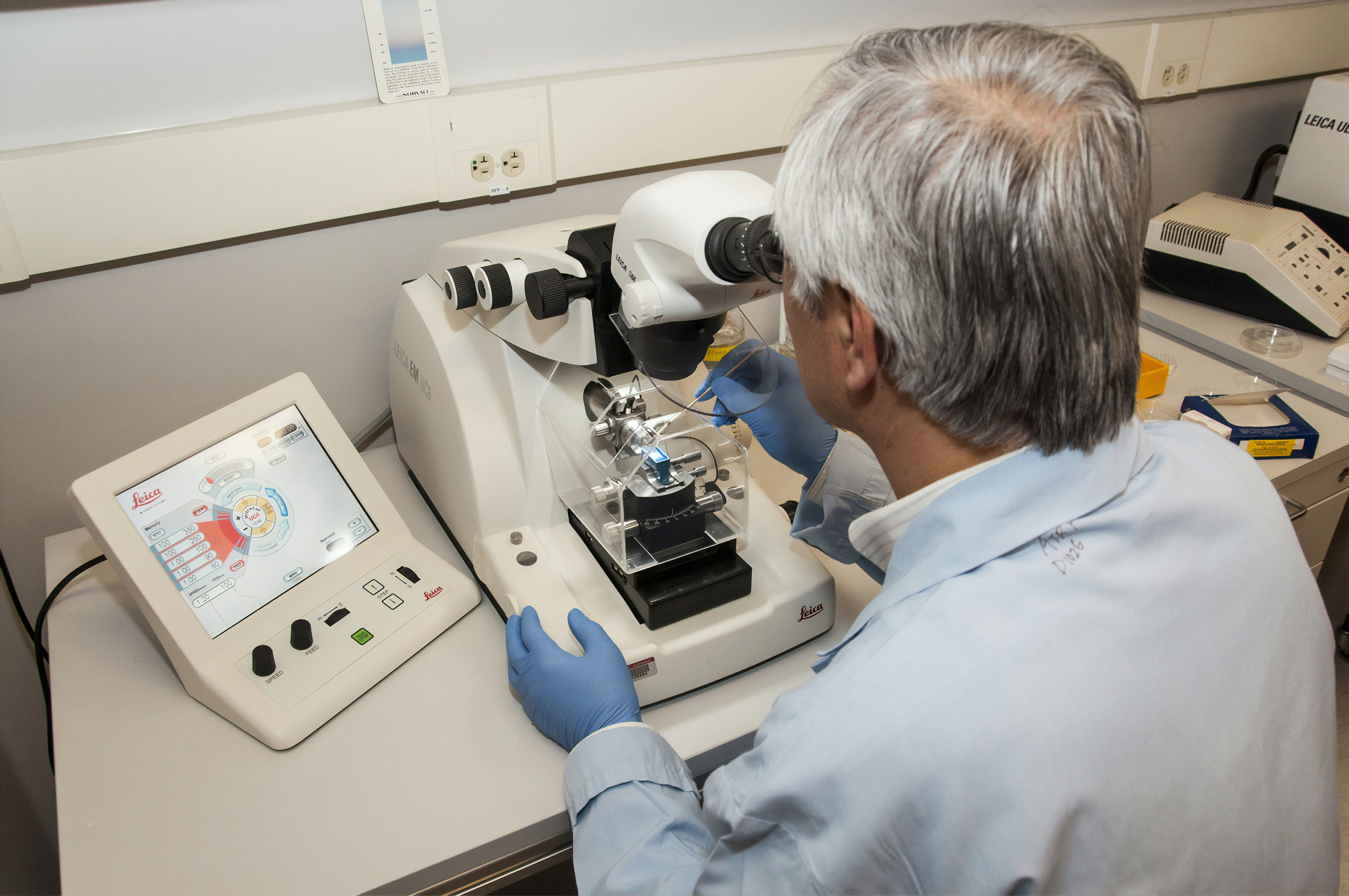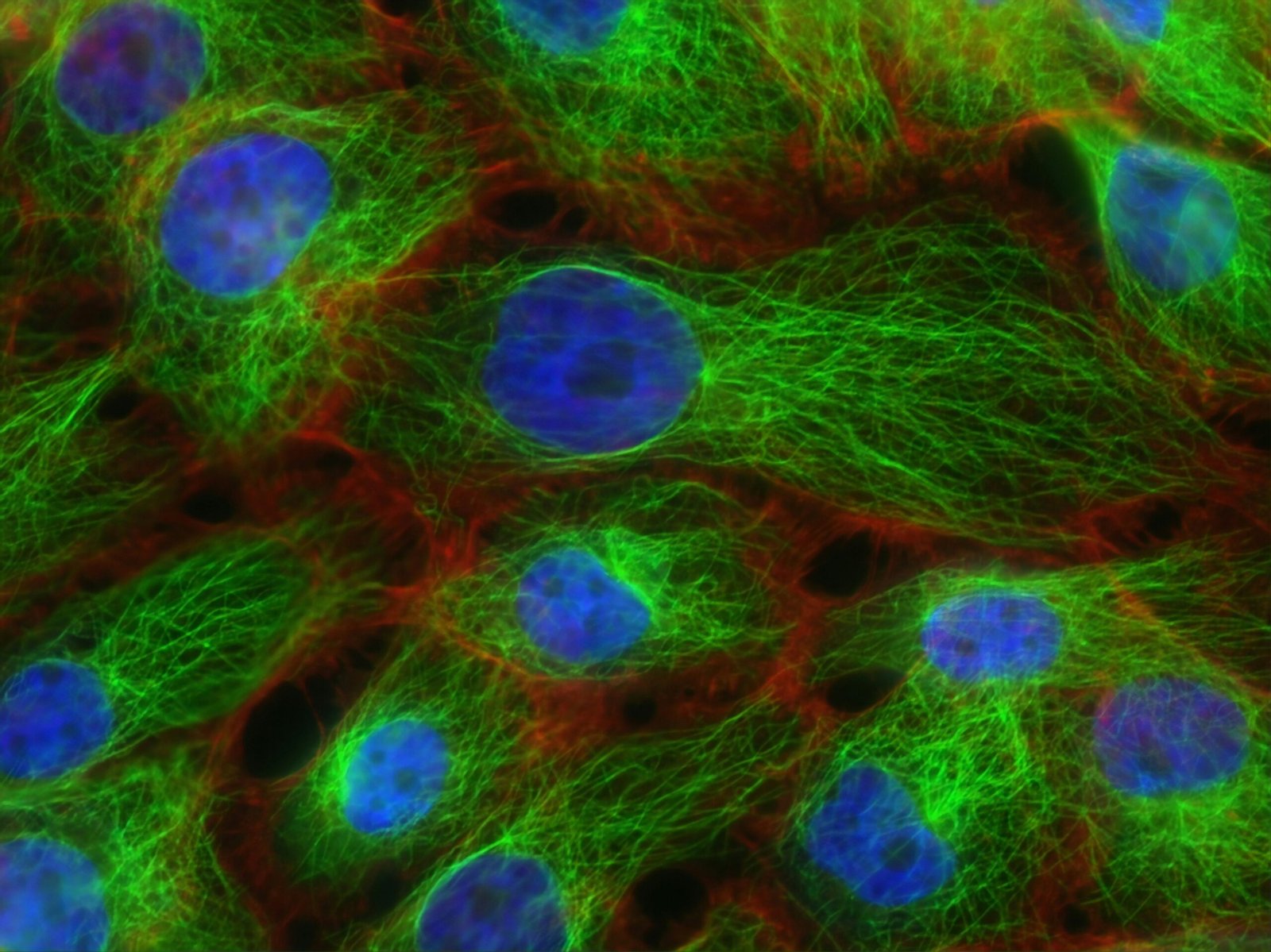Introduction to Gene Structure
Gene Structure and Intron-Exon Display
Gene structure refers to the arrangement of functional elements within a gene, including coding sequences (exons), non-coding sequences (introns), untranslated regions (UTRs), promoters, and enhancers. The intron-exon display visualizes the distribution and organization of exons and introns across gene family members, often using bioinformatics tools like Gene Structure Display Server (GSDS).
Gene structure refers to the organization and arrangement of sequences within a gene, playing a crucial role in the function and regulation of genetic material. Genes are primarily composed of two distinct components: exons and introns. Exons are the coding regions of a gene that ultimately dictate the amino acid sequence of proteins, while introns are non-coding sequences that exist between exons. The presence of introns and exons characterizes eukaryotic genes and contributes to the complexity of gene expression and regulation.
Exons are critical for the production of mature messenger RNA (mRNA), serving as templates for translation during protein synthesis. On the other hand, introns are transcribed into RNA but are subsequently removed during the splicing process before translation. This selective removal of introns allows for the generation of diverse protein isoforms from a single gene, a phenomenon known as alternative splicing. As such, the interplay between introns and exons is essential for gene expression, protein diversity, and the organism’s adaptability.
To facilitate the understanding of gene structure, tools like the Gene Structure Display Server (GSDS) have been developed. GSDS is an online platform that provides users with a means to visualize gene structures, highlighting the arrangement of exons and introns in various species. This resource is invaluable for researchers who aim to analyze the gene structures of their genes of interest, thereby aiding in functional studies and comparative genomics. By employing GSDS, scientists can gain insights into gene organization and the evolutionary relationships among different organisms.
In conclusion, gene structure is foundational to the understanding of genetics, with introns and exons playing essential roles in gene expression and protein synthesis. Tools like GSDS enable a deeper insight into these structures, aiding the scientific community in unraveling the complexities of gene function and regulation.
Importance of Gene Structure Analysis in Genome-Wide Studies
- Evolutionary Insights: Gene structure variations, such as intron gain or loss, provide clues about the evolutionary history and functional diversification of gene families.
- Gene Function & Regulation: The number and length of introns influence gene expression, alternative splicing, and transcript stability.
- Phylogenetic Classification: Conserved intron-exon patterns indicate closely related gene family members, while structural variations suggest functional divergence.
- Adaptation & Stress Response: Certain gene families exhibit structural modifications under stress conditions, impacting plant defense mechanisms.
Using GSDS for Gene Structure Analysis
The Gene Structure Display Server (GSDS) is a valuable online tool for visualizing and analyzing gene structures, specifically focusing on the arrangement and features of introns and exons. To begin utilizing GSDS, users must first input the relevant gene sequence into the platform. This can typically be done in several sequence formats such as FASTA. Once the gene sequence is submitted, GSDS will process the data, predicting exon-intron boundaries and generating a graphical representation of the gene structure.
Upon generating the gene structure visualization, users can interpret the results, which include the graphical depiction of each exon and intron. This visualization aids in understanding the gene’s arrangement, allowing researchers to quickly identify coding and non-coding regions. Furthermore, GSDS provides users with the capability to download these visual representations along with detailed data tables summarizing key features of the gene structure.
To enhance the analysis, the generated data tables include valuable information about the number of introns and exons, the sizes of each identified region, along with the positions within the gene sequence. This systematic approach facilitates a straightforward analysis of gene features, enabling researchers to compare structures across different genes or species. Additionally, users can annotate the displayed structures with information such as transcription factors or regulatory elements, further enriching the biological context of their analysis.
With GSDS, researchers gain an efficient means to visually and quantitatively assess gene structures, fostering a deeper understanding of the role that introns and exons play in gene functionality. By following the steps outlined, users can maximize the potential of GSDS within their genomic research, thereby advancing the field of gene analysis.
Creating Figures and Visual Representations
The importance of visual representations in the field of gene structure analysis cannot be overstated. Figures provide a clear, concise means of conveying intricate genetic information, particularly the relationships and distinctions between introns and exons. By utilizing visualization tools like GSDS (Gene Structure Display Server), researchers can easily generate figures that illustrate the position and lengths of introns and exons within a given gene. Such representations enhance the clarity of complex genomic data, making it more accessible to both experts and non-experts alike.
Using GSDS, users can create different types of figures that serve diverse purposes in gene structure analysis. For instance, simple linear diagrams can effectively show the relative sizes of exons and the intervening introns, while more detailed representations might include additional features like untranslated regions (UTRs) or annotations indicating functional elements. These graphical illustrations aid in communicating results during presentations or publications, enabling a shared understanding of gene architecture.
Among the most common figures are schematic diagrams, which not only depict the arrangement of introns and exons but also allow for the comparison of multiple genes or allelic variants. These figures can visually highlight mutations or structural variations that may impact gene function. Furthermore, alternative splicing events can be represented through branching diagrams, making it easier to illustrate how different isoforms arise from the same genomic template.
Incorporating these visual tools into genetic research can thus significantly improve the data presentation, highlighting key points and facilitating the digestion of complex information. Consequently, researchers are encouraged to utilize GSDS to explore the visualization possibilities available, fostering a better understanding of the intricate relationships between gene components, ultimately enhancing the scientific communication of findings in gene structure analysis.
Animating Gene Structures for Enhanced Understanding
The visualization of gene structures through animation presents a significant advancement in educational methodologies, particularly in the fields of molecular biology and genetics. Dynamic representations of this nature can effectively illustrate how introns and exons interact during processes such as transcription and translation, providing clear insights into their roles within the gene. Animating these gene structures can simplify complex ideas, making them more accessible to students and researchers alike.
To create effective animations, various software tools are available that cater to different levels of expertise and requirements. Programs like Blender and Adobe After Effects offer advanced features for users with prior experience in animation, allowing for the development of detailed gene models that can depict intricate biological interactions. For more straightforward applications, software such as BioRender or Geneious can be employed, providing user-friendly interfaces that enable users to create visually engaging animations without extensive background knowledge in graphic design. These tools facilitate the representation of gene structures as they undergo transcription and translation, illustrating the dynamic movements of introns being removed and exons being spliced together.
In addition to software, specific techniques can enhance the effectiveness of these animations. Utilizing a clear narrative structure within the animation helps viewers follow the process logically. Incorporating color coding for different elements of gene structures—such as labels for introns and exons—can also improve comprehension. Furthermore, integrating voice-over narrations or annotated guides may provide additional educational context, enriching the viewer’s understanding of the underlying mechanisms at play.
By exploring and utilizing these animation methods, educators and researchers can significantly enhance the learning experience related to gene structures. This approach not only fosters a deeper understanding of molecular biology but also encourages engagement with the subject matter, ultimately contributing to a more robust educational environment.
Summary of Predictions from Gene Structure Analysis
| Aspect | Predictions |
|---|---|
| Evolutionary history | Conserved exon-intron patterns indicate common ancestry; intron gain/loss suggests divergence. |
| Functional classification | Similar gene structures imply similar functions; variations may indicate specialization. |
| Alternative splicing | Multiple introns increase the likelihood of alternative splicing and transcript diversity. |
| Expression regulation | Intron length influences transcription speed and gene activity. |
| Stress adaptation | Genes may lose introns for rapid response to stress; retained introns indicate regulatory control. |



